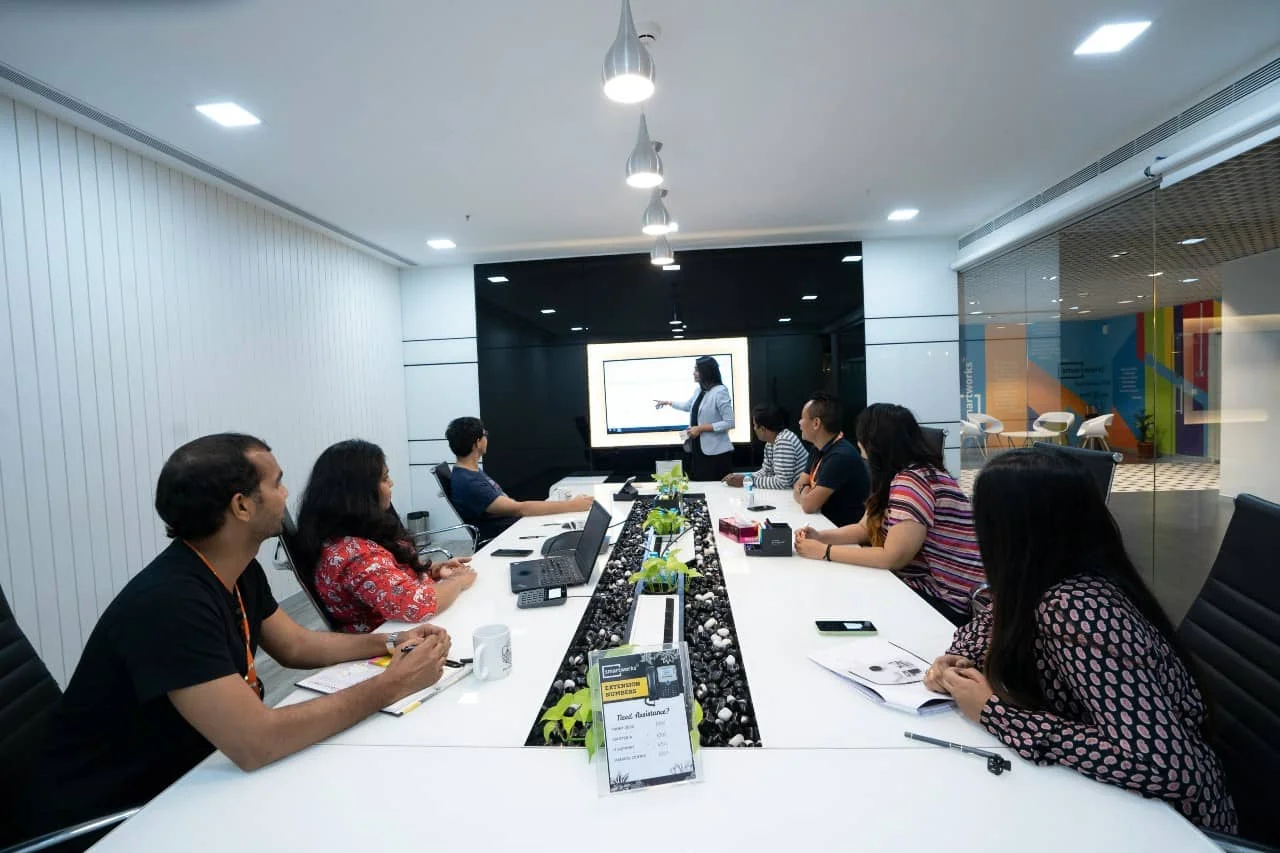AI and Succession Planning: Why Your Leadership Pipeline Is Shrinking & How to Prepare for a Leaner Future
Why AI Is Changing Succession Planning
Your HR team’s AI just flagged a rising star based on performance metrics, but overlooked the steady innovator who led calmly through a crisis.
AI is great at spotting patterns, but building future leaders takes more than algorithms. In a leaner, tech-driven world, succession planning must evolve.
With AI handling more decision-making and fewer mid-level managers being developed, companies are facing a shrinking leadership pipeline. Are you ready?
The Shrinking Leadership Pipeline: What’s Happening
AI-driven automation is reducing training grounds
Gartner predicts that by 2028, 15% of business decisions will be made autonomously by AI agents, and 33% of enterprise software will embed AI as a core feature. This means fewer roles where future leaders gain hands-on experience.
Organizations are prioritizing technical roles over leadership development
As companies invest heavily in AI and digital transformation, resources are shifting toward hiring specialized technical talent, such as data scientists and AI engineers, reducing focus on cultivating managerial and leadership skills.
Leadership-track hiring is declining
As organizations flatten and become more cost-conscious, fewer leadership-track roles are being opened, limiting opportunities for succession development.
The Benefits of Using AI in Succession Planning
AI is not the enemy—it’s a tool. When used strategically, AI can:
- Analyze performance and engagement data at scale
- Identify high-potential employees across departments
- Detect skill gaps and propose learning pathways
- Surface under-the-radar talent through pattern recognition
According to McKinsey, cross-functional operations transformations outperform siloed approaches by 30–40%, highlighting the value of varied experience - something AI can help uncover.
The Risks of Overrelying on AI in Leadership Development
But relying on AI alone is risky:
- Bias replication: AI reflects historical patterns, which may reinforce demographic or behavioral biases.
- Soft skill blind spots: AI can’t measure empathy, emotional intelligence or resilience.
- Culture fit issues: Leadership is as much about values and trust as it is about capability.
- Relationship dynamics within a complex system: AI does not have the context for interpersonal relationships and how they play out within unique settings
Over time, this can result in a homogeneous, less adaptable leadership team.
1. Blend AI with Human Insight
- Use AI to create a shortlist of high-potential talent.
- Validate candidates through leadership panels and real-world behavior reviews.* Tell stories - who stepped up in a crisis? Conduct structured interviews where colleagues describe specific moments when someone stepped up during a crisis, navigated a difficult stakeholder situation or quietly solved a problem that others missed.
2. Cross-train for Versatility
- Promote job rotations across business functions.
- Build agility by exposing future leaders to new contexts.
- McKinsey says cross-functional leaders outperform narrowly trained peers.
3. Mentor Intentionally
- Create structured mentoring programs.
- Focus on cultural fluency, political savvy and EQ.
- Pair high-potential talent with experienced leaders.
4. Run Annual Succession Audits
- Combine AI analytics with qualitative feedback.
- Simulate executive departures to test readiness - roleplay scenarios where potential successors must navigate real business challenges their predecessor would face.
- Use dashboards to monitor growth and engagement.
5. Upskill for the AI Era
- Train high-potential leaders on how to interpret and lead with AI tools.
- Focus on ethical AI use, judgment calls when AI recommendations conflict with human intuition and managing teams where some decisions are automated while others require human oversight.
Next Steps: How to Turn Insights into Action
To turn insight into action, start simple:
Step 1: Use AI to identify your top 10% of performers across multiple metrics (not just output but collaboration scores, learning agility and cross-functional impact).
Step 2: Host a quarterly human-led workshop to assess leadership potential through case studies, peer feedback sessions, and behavioral interviews.
Step 3: Assign mentors and revisit in 90 days with specific milestones and real-world leadership challenges.
This combination of data and human judgment is your best defense against leadership gaps.
Your Future CEO Might Already Be Here
AI can help you see more clearly but it’s not a crystal ball; it can also result in lazy decisions.
Human insight, empathy and lived experience are still essential to identifying and preparing future leaders. The best succession plans are built at the intersection of precision and perspective.





